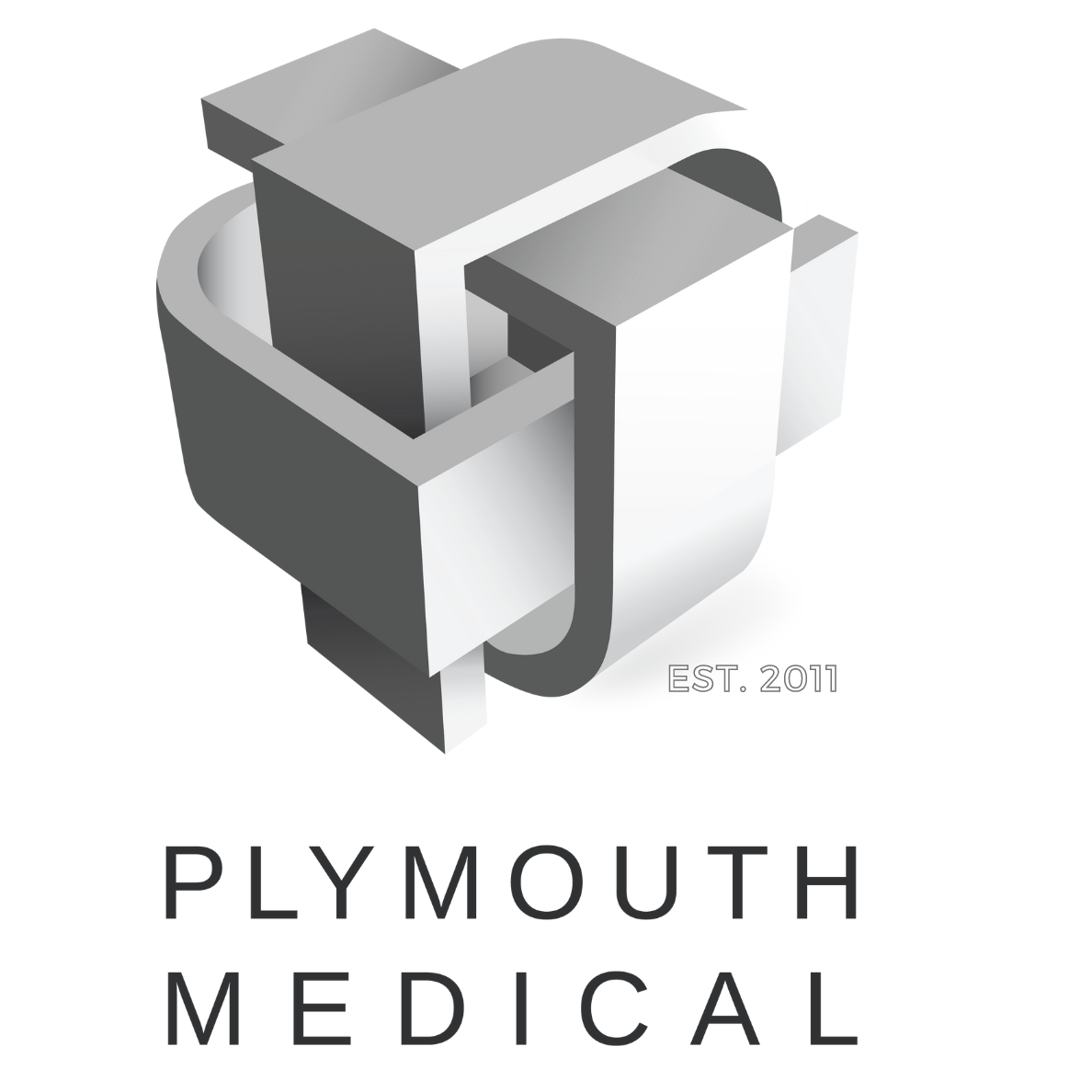Long-Lasting Benefits of High Volume Platelet-Rich Plasma Injections for Knee Osteoarthritis
Platelet-Rich Plasma (PRP) is a regenerative therapy that has been steadily gaining traction due to its potential for relieving pain and improving joint function in patients suffering from knee osteoarthritis (KOA). However, the adoption of PRP as a standard treatment has been hindered by the variations in the preparation and administration of the therapy in clinical settings. A recent study has shed new light on this issue, providing compelling real-world evidence of the effectiveness of standardized, high volume injections of very pure PRP in managing KOA. [1] This blog post provides a comprehensive review of the benefits of high volume PRP injections in managing KOA based on the study by Prost et al., titled "Long term improvement of knee osteoarthritis after injection of single high/very high volume of very pure PRP: A retrospective analysis of patients optimally managed in dedicated centers." [1]
Overall, very high volume (17mL) PRP injections with reasonably high platelet doses were shown to be very effective for KOA. Higher baseline symptom levels and greater early improvement at 3 months were associated with better long-term outcomes at 1 year. Prior PRP injection was linked to reduced treatment effectiveness. While obesity and radiographic disease severity did not affect results, patients with isolated patellofemoral osteoarthritis had somewhat smaller functional gains.
Study Overview
The study, a retrospective observational analysis, was published in the scientific journal Regenerative Therapy [1]. It analyzed data from 431 patients who received a single intraarticular injection of high or very high volumes of highly concentrated and purified PRP. The patients' symptoms and knee function were monitored for up to 18 months using widely accepted patient-reported outcome measures like the Western Ontario and McMaster Universities Arthritis Index (WOMAC) and the pain visual analog scale (VAS).
Significant Clinical Benefits
The results of the study demonstrated substantial clinical benefits from the PRP injections across the entire patient cohort. The mean WOMAC scores, which measure pain, stiffness and physical function in patients with KOA, significantly improved from 39.7 at baseline to 25.9 at 12 months post-injection. Similarly, the mean pain VAS scores, which evaluate the severity of pain, decreased from 56.0 to 35.3 over the same timeframe.
More than half of the patients were designated as "responders'' based on established criteria at the 6-month mark, with continued effectiveness observed at later time points. Remarkably, the improvements extended to patients with severe knee osteoarthritis, who may have otherwise been candidates for knee replacement surgery.
High Quality PRP Preparation
One of the key strengths of this study was the stringent quality control processes employed in the preparation of the PRP injections at dedicated treatment centers. This ensured very high platelet purity and recovery rates, which are crucial for the efficacy of the therapy.
The researchers carried out an analysis to determine whether factors like patient characteristics, disease severity or PRP preparation method impacted the degree of clinical response. It was found that higher baseline symptom levels and greater early improvement at 3 months were associated with better long-term outcomes at 1 year. Prior PRP injection was linked to reduced treatment effectiveness. While obesity and radiographic disease severity did not affect results, patients with isolated patellofemoral osteoarthritis had somewhat smaller functional gains.
High Volume PRP Injections
The use of very high 17 mL PRP volumes tended to provide more lasting benefits compared to 8.6 mL injections, although this relationship requires further study. Overall, the findings suggest that optimized, high-dose PRP injections can provide safe and durable improvements for knee osteoarthritis across multiple patient phenotypes, even in advanced cases.
As medical practices remain variable, the authors emphasize the importance of quality-controlled PRP preparation, objective outcome tracking and real-world data collection to clarify PRP's proper clinical positioning and cost-effectiveness.
Conclusion
The long-lasting benefits of high-volume platelet-rich plasma injections for knee osteoarthritis, as demonstrated in this study, underscore the potential of this therapy as an effective treatment for this debilitating condition. The findings highlight the need for standardized, quality-controlled protocols for PRP preparation and administration and provide a compelling case for the wider adoption of this therapy in clinical practice.
03/29/24


